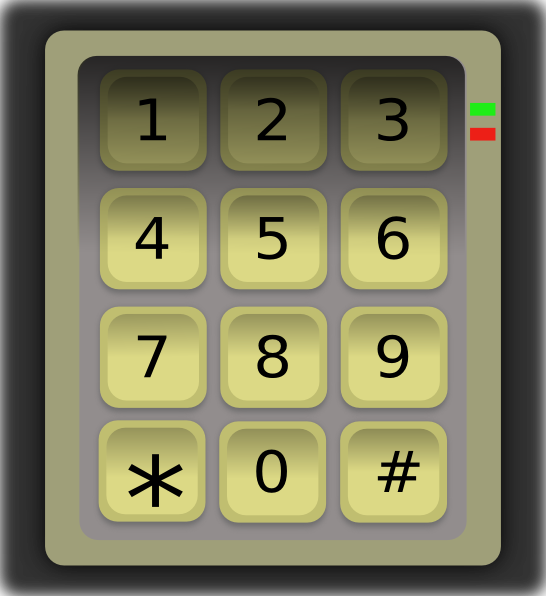

It’s easy to understand: it’s a full-size keyboard without the function row, and without anything to the right of the Enter key - so no navigation cluster or numpad either. Second-last, the 60% size, which is very well-represented in the mechanical keyboard world. Indeed, if you don’t need a dedicated function row, numpad, or separate navigation cluster but do want arrow keys, and you don’t know which size to go for, this is the one I’d advise you to try first. If you want maximum compactness without giving up your number row or cursor keys, this would be your best bet. It also removes the function row entirely, but retains the number row along the top. It’s essentially just the main section of a full-size keyboard, but swapping out the right-hand modifiers for cursor keys and tweaking key sizes to make everything fit. Now we jump down to the size I’d recommend to most people who don’t need a dedicated numpad: the 65%. Just beware of finding replacement keycaps sets, because this size isn’t particularly well catered for. Not a popular choice, but it can make sense for people who need a smaller footprint that retains cursors and the function row.

Next, the 75% takes most of the navigation cluster and tucks in into the right of the main area of the keyboard, resulting in a rectangular layout that’s only slightly wider than the alphanumeric area without sacrificing cursor keys. They often have between 80 and 90% of the keys on a standard board. These are called TenKeyLess or TKL, or sometimes 80% keyboards. Everything else is relative to this, using very approximate percentages the approximation being necessary because of the huge variation in the actual number of keys needed for assorted layouts and languages.Ĭlosest to the full-size version we have the set of keyboards which remove the number pad only. The standard big keyboard that has both a dedicated number pad and also a cluster of navigational keys (Home, End, Page Up, etc at the top, and an inverted-T arrangement of arrow/cursor keys below) is just called a full-sized keyboard. You’ll encounter a small set of terminology in this area. It’s the other primary categorisation that I really want to talk about here, though that of size. These all intersect to varying degrees with the needed key layouts for languages other than English (such as JIS), creating a rich matrix of possibilities. There are many more layouts, including AZERTY, DVORAK, COLEMAK, WORKMAN, and so on.
#Number pad layout iso
Layouts are, broadly speaking, how the keys are arranged - QWERTY being a popular layout for most people who’ll read this, whether in its US-style ANSI arrangement or the international ISO style instead. While these are overlapping concepts, it’s easy enough to understand the differences by way of examples. When talking about computer keyboards, there are two main ways to subdivide or categorise what’s available: layout, and size.
#Number pad layout how to
This article is about switching to a smaller keyboard (with fewer keys), why you might want to, and how to reintroduce the functions of missing keys in a way that capitalises on your own muscle memory.

Compressing Your Keyboard - Matt Gemmell Matt Gemmell Books Podcast KESTREL Once Upon A Time Stories About Blog Contact ≡ 📖 MIDDLESHADE ROAD is out now! Compressing Your Keyboard Aug 23rd, 2021


 0 kommentar(er)
0 kommentar(er)
